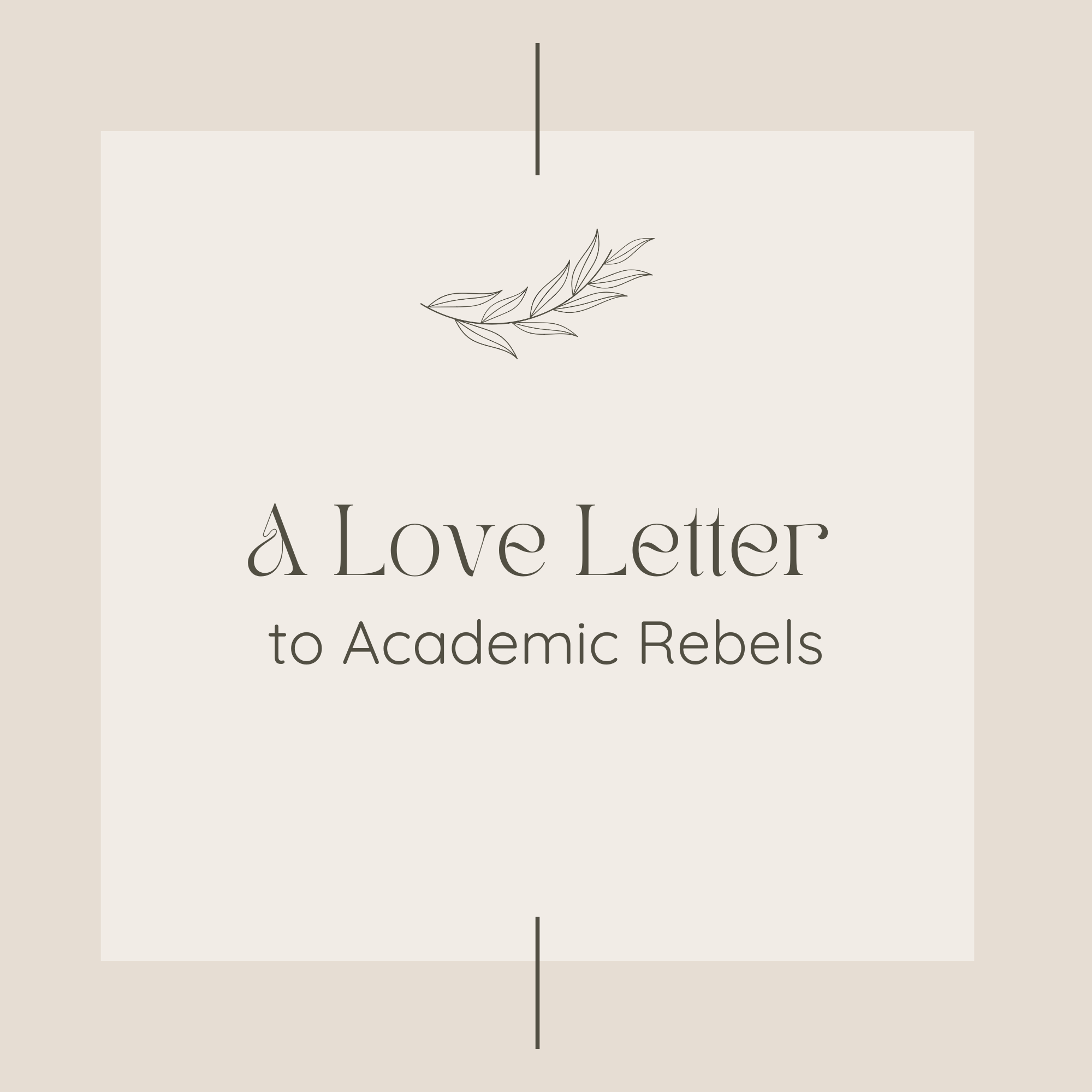“So there I was,” a client told me years after college, laughing as she described her transcript, “supposed to be taking Organic Chemistry, and instead I’m enrolled in Advanced Ethics, Russian Literature, and somehow… Mandarin?” Her brain had staged a quiet revolution against the intended path, choosing fascination over obligation.
Sound familiar? Maybe you’re the business major who kept gravitating toward art studios, drawn by the sensory satisfaction of clay beneath your fingers. The computer science student who couldn’t stop reading poetry, finding in verse the same elegant patterns that code promised but rarely delivered. The one whose academic advisor looked at your course selection like you’d presented them with abstract art when they expected a blueprint.
Here’s what I’ve learned after fifteen years of working with brilliant people who “couldn’t stay on track”: Your brain wasn’t broken. The track was.
I should know something about unconventional paths. My own self-designed Bachelor of Arts is titled “Psychotherapy, Mindfulness & Creative Expression”—try explaining that at a cocktail party. While my classmates were following traditional psychology routes, I was weaving together contemplative practices with therapeutic theory at a small university in Southern California, where interdisciplinary thinking wasn’t just accepted—it was required. The job application algorithms and hiring managers after college didn’t know what to do with me.
My pivot to Boston for an MA in Mental Health Counseling and Behavioral Medicine at a medical school taught me to bridge the chasm between mind and body in ways most therapy programs never touch. Then came my years in methadone treatment—not exactly where most fresh therapy graduates land, but where I learned something textbooks couldn’t teach: the most profound healing happens at the intersections.
Addiction, trauma, neurodivergence, and mental health don’t exist in neat categories. Neither do the people who experience them.
This reality is now backed by research. Recent studies in educational neuroscience reveal why neurodivergent brains resist linear academic paths. ADHD brains show heightened activity in the default mode network during “boring” tasks, essentially broadcasting “find something more interesting” signals. Autistic brains demonstrate what researchers term “enhanced perceptual functioning”—they notice patterns and connections that others miss, making shallow survey courses feel like intellectual starvation.
From my practices spanning Seattle’s tech corridors and Vermont’s creative communities, I work with adults who’ve spent years thinking their brains were defective. The engineer who hyperfocuses on YouTube construction videos. The lawyer who can argue complex cases but can’t organize her closet. The CEO who dropped out of three different graduate programs before finding his calling.
What I’ve discovered is that neurodivergent brains—those wired with ADHD, autism, or learning differences—often resist linear paths not because they’re broken, but because they’re designed for something different. They’re built for deep exploration rather than surface compliance, for following fascination rather than following rules.
Your transcript might look chaotic to admissions committees, but it tells a different story to those of us who understand neurodivergent learning. It shows a brain that refuses artificial boundaries, a mind that sees connections others miss, an intellect that values depth over performance.
The business student who kept taking art classes? He’s now revolutionizing corporate training through creative methodologies, understanding that learning happens through multiple sensory channels. The philosophy major who couldn’t finish pre-med? She’s now a bioethicist working at the intersection of medicine and moral reasoning—exactly where her “scattered” interests led her.
So here’s to the academic rebels, the course-switchers, the ones who colored outside the lines of their degree requirements. Your “inability to focus” might actually be your superpower—a brain that recognizes the artificial nature of academic boundaries and insists on the rich, interconnected learning that mirrors how knowledge actually grows.
The world needs people who think in webs rather than lines, who see patterns across disciplines, who follow fascination toward discoveries that don’t exist yet.

